The Capital Stack
Fully Stabilized Portfolio
Our current portfolio is fully stabilized. Beyond the obvious advantages, here’s why we’re excited about it.
Leveraging Seasonal Opportunities
Our Michigan properties experience peak leasing demand between May and September, strategically aligning with favorable weather conditions and the school calendar. As we transition into colder weather and the holiday season, our top priority is to ensure full occupancy. We understand that slower leasing during off-seasons can impact rental rates, and we are committed to avoiding such fluctuations.
Stability in a Time of Uncertainty
With current interest rates and market sentiment, there is a lot of uncertainty in the commercial real estate market. Our properties are equipped with fixed-rate debt, high occupancy rates, and maintain strong rent collection. This effectively puts them on autopilot under the supervision of our management company.

Going On The Offensive
Within the real estate landscape, three groups have emerged. Group A is navigating survival mode as they grapple with expiring floating-rate debt. Group B, on the sidelines, patiently waits for the right time to act. Group C is in attack mode, ready to capitalize on opportunities at the first sign of market vulnerability with its substantial reserves.
Group A: Surviving the Storm-
This group finds itself in survival mode, having opted for floating rate debt on 2-3-year terms between 2020 and 2022. With these loans maturing within the next 12 months, their owners are feeling the pressure and scrambling to whip their properties into peak performance to secure refinancing. In many instances, lenders are making loan modifications to extend terms, or owners are injecting additional capital into their properties, a move somewhat contrary to their original refinance intentions. Group A tends to be cautious about new acquisitions and isn’t actively competing in the property market.
Group B: Waiting on the Sidelines-
These groups are in sideline mode, patiently biding their time. They seek market certainty and have the financial flexibility to wait until they feel the right moment to buy or sell has arrived. The decision to enter the market is often a matter of debate for them, given the contrasting arguments about the current suitability for buying or selling. Typically, these are businesses with a long-standing history of 20-80 years and a genuine investment horizon of 30-50 years. Thus, a two-year wait is just a brief moment in their overall investment journey.
Group C: Attack mode-
These groups are well-funded and equipped with what the industry terms “dry powder.” At the first sign of market weakness, they are primed for action and ready to strike. The groups with true dry powder and a readiness for action are poised to make strategic moves within the next 24 months. A big factor is that many groups will anticipate a market crash, say they’re excited for it, but in reality, most of them hesitate to invest during economic uncertainty because it requires strong conviction.
Sheffer Capital: Where do we Stand?
I much prefer market stability. Rates at 3-4% for 2020/2021 was a lot of fun. We were able to find several mispriced assets during this time. However, due to the strong performance of what we currently own, we are able to be on the offensive for the foreseeable future. There have been more deals coming to market in the past 3-6 months than I’ve seen in the past 3 years and pricing is starting to align with interest rates. This gives us a great entry to assets that are selling around 2018/19 pricing. I’m mostly looking forward to these opportunities, but proceeding with caution as the reality is that we haven’t seen the affects of the damage that the debt market is causing yet and the hammer will continue to fall in the next 12-18 months.
Major Market News
$93 Million Office Loan Default
A recent article by TheRealDeal reports that Jamestown, a prominent real estate investment and management firm, has encountered financial difficulties and defaulted on loans amounting to $93 million associated with San Francisco office properties. The article continues to explain that “Jamestown joins a surge in mortgage defaults tied to office buildings across the city, raising the risk that more properties will be turned over to their lenders.” This development underscores the ongoing turbulence in the commercial real estate sector, as economic uncertainties continue to impact property values and investment strategies.
Source: TheRealDeal. (2023, Oct,12) Jamestown defaults on $93M in loans tied to two SF office buildings. https://therealdeal.com/national/2023/08/31/collateralized-loan-obligation-balloon-in-second-quarter/balloon-in-second-quarter/
Tips and Tricks
Terms-
Fully Stabilized- Fully stabilized refers to a state where a property has reached a point of optimal performance and financial stability. When a multifamily property is considered fully stabilized, it typically means that it has achieved a consistent and reliable level of occupancy, and rental income is meeting or exceeding expectations. Key characteristics of a fully stabilized multifamily property may include:
High Occupancy: The property consistently maintains a high level of occupancy, often 95% or higher, indicating strong demand from tenants.
Consistent Cash Flow: The rental income generated by the property covers operating expenses, debt service, and provides a steady positive cash flow to the owner.
Limited Lease-up Period: The property has completed its initial lease-up phase, and most, if not all, of the units are occupied.
Predictable Expenses: Operating expenses are well-understood and predictable, allowing for accurate financial forecasting.
Established Market Rents: Rents have stabilized, and they are in line with the prevailing market rates for similar properties in the area.
Low Tenant Turnover: Tenant turnover and associated vacancy periods are minimal, reducing the costs and disruptions related to re-leasing units.
Property Management Efficiency: The property management team has optimized its operations, resulting in efficient maintenance, repairs, and tenant relations.

